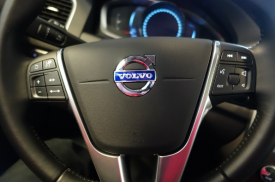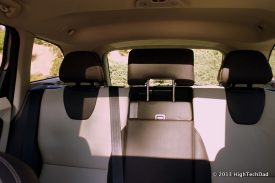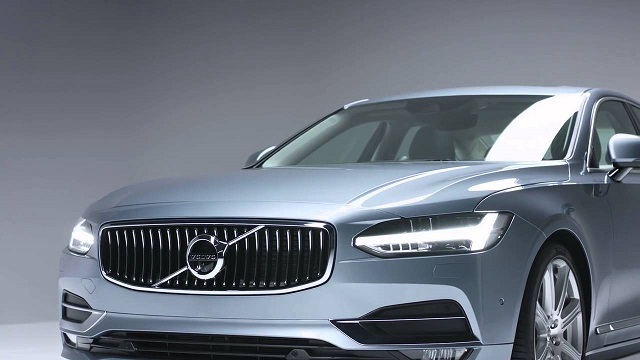Until recently, Volvo was not considered a car company with a lot to say in the world of safety. Its flagship model SUV remained relatively unchanged for a decade. By last year, it was starting to look rather dated, even with some minor nip and tucks on the body work. But then they released the successor to the carmaker’s XC90 range, and everything changed. The new car looked the part. And, more importantly, it came with not one, but two world-first safety technologies.
Safe Positioning
Volvo engaged in a quite a bit of hype before it launched its new crossover/SUV. The world was rapt over the fact that the car made use of a hybrid powertrain. And everybody was curious about the Swedish manufacturer’s new infotainment system. But the star of the show are the safety features that the company called, “world-firsts.” The first of these is what the company is calling safe positioning.

Like most modern cars, the Volvo SUV is intelligent. It’s able to use its positioning sensors to detect whether the car is going off the road. When it does, the car automatically tightens the seatbelts so that the occupants are drawn into them. The seats of the car are built into the vehicle’s frame. And the frame of the car has energy absorbing systems that help the seats come to a more gradual stop. Thus, if you’re involved in an accident, this car will help cushion any impact effectively. Most cars aren’t that great at preventing injury offroad – say, for instance, if you drive into a ditch. But Volvo’s new system is genuinely 360 degrees. Safe positioning even protects drivers from impacts that come from underneath the car.

Automatic Braking
We’ve had automatic breaking for a while. Some cars will automatically brake if you are approaching the car in front too fast. But we’ve not had anything quite in the flavour of what Volvo have done.
Volvo’s new braking system can automatically stop the car by predicting how other cars on the road will move. A common type of accident is where a car turning left misjudges the speed of an oncoming vehicle. Usually, this would lead to a crash. But Volvo has figured that out. The computer on board the car is able to calculate the oncoming speed of vehicles and make a judgement about their intent. If it thinks they are going to go straight on as you make a left turn, it’ll brake.
It’s this sort of feature that really helps drivers find the best car accident representation. Having a car that is able to predict when you are about to make a mistake helps you avoid liability. And so if you are involved in an accident, it’s more likely that it was the other driver’s fault.
In some states, left turn accidents are so common that state governments draw left-turn lanes on the road. So it’s good to see that a European manufacturer is taking pains to eliminate this common driver error.


